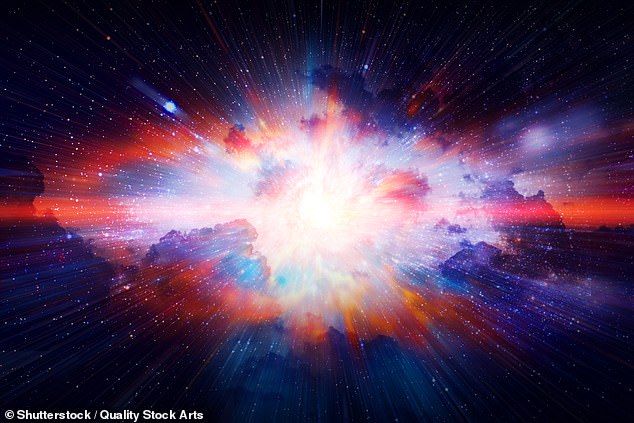
The Universe's Lifespan: A New Timeline for Cosmic End
The universe, as we know it, is not eternal. Recent scientific findings suggest that its lifespan is nearly halfway through, with a projected end date of 33.3 billion years from now. This revelation comes from a collaborative study conducted by researchers at Cornell University in the United States and Shanghai Jiao Tong University in China. Their findings challenge the traditional understanding of the universe’s fate and introduce a new model that redefines how we perceive cosmic expansion.
Currently, the universe is estimated to be around 13.8 billion years old. According to the new model, this means there are still approximately 19 billion years left before the universe reaches its final stage. This ending, known as the "Big Crunch," would mark the reversal of the current expansion, where all matter collapses back into a single point of energy.
The Big Bang theory, which has long been the cornerstone of cosmological understanding, describes the universe as originating from an immense explosion that set everything in motion. However, the new research suggests that the forces driving this expansion—particularly dark energy—may not remain constant over time.
Understanding Dark Energy
Dark energy is a mysterious force believed to be responsible for the accelerating expansion of the universe. While scientists have yet to fully understand its nature, they agree that it plays a critical role in shaping the cosmos. NASA’s Chelsea Gohd explains that while the exact identity of dark energy remains unknown, its existence is well-established. It is thought to make up about 68.3 to 70 percent of the universe, acting as a repulsive force that counteracts gravity.
In previous models, dark energy was considered a fixed, unchanging entity—a concept known as the cosmological constant. However, recent studies using data from the Dark Energy Survey (DES) and the Dark Energy Spectroscopic Instrument (DESI) suggest otherwise. These projects analyzed the distribution of galaxies and the behavior of supernovae, revealing that dark energy might not be as stable as previously thought.
Introducing the aDE Model
To better interpret these findings, researchers developed a new model called the axion Dark Energy (aDE) model. This model incorporates an ultra-light particle known as an axion, which interacts with dark energy in ways that previous models could not account for. By allowing dark energy to evolve over time, the aDE model presents a different perspective on the universe’s future.
According to the study, dark energy may have a negative cosmological constant of around -1.61, suggesting that the universe could eventually reach a maximum size and then collapse under its own gravity. This challenges earlier assumptions that dark energy would remain constant indefinitely.
The Role of Axions
An axion field, described as an invisible, super-light energy wave, permeates the entire universe. Like ripples on a pond, these fields spread across space and influence the behavior of dark energy. By allowing dark energy to weaken over time, the aDE model introduces the possibility that the repulsive force could fade away as the universe ages.
This flexibility in the model provides a more dynamic view of the cosmos, suggesting that the universe’s fate is not predetermined but rather influenced by evolving physical laws.
Theories About Dark Energy
Despite these advancements, many questions about dark energy remain unanswered. NASA has proposed four main theories to explain its nature:
- Vacuum Energy: This theory links dark energy to Einstein’s cosmological constant, a fixed background energy in space. However, its predicted strength does not align with recent observations.
- Quintessence: A changing energy field or fluid that varies across time and space, driving the universe’s accelerated expansion.
- Cosmic Strings: Hypothetical defects in the fabric of the universe, formed during its early stages, that could contribute to dark energy.
- Flaw in Einstein’s Theory: Some researchers speculate that dark energy may not exist at all, and instead, the observed acceleration could be due to a flaw in our understanding of gravity.
The Future of the Universe
While the new model offers a compelling alternative to the traditional Big Bang timeline, it is important to note that uncertainty still surrounds the ultimate fate of the universe. Scientists continue to explore the properties of dark energy and refine their models to better predict what lies ahead.
As research progresses, the question of whether the universe will end in a Big Crunch or continue expanding forever remains one of the most profound mysteries in modern cosmology.
Post a Comment